Eric Ting doesn’t want to speak for his wife, Meiyin Wang.
“You’ll have to talk to her,” Ting said recently on the phone from L.A., where he was in tech for Branden Jacobs-Jenkins’s Appropriate at Center Theatre Group (the show runs through Nov. 1). The subject came up because the 42-year-old director and his young family—which 12 weeks ago welcomed a baby girl, Frances Xizhen—are planning a relocation from their Brooklyn home, as Ting just accepted the position of artistic director at California Shakespeare Theater in Berkeley, after serving for 11 seasons at Long Wharf Theatre in New Haven, Conn. Meanwhile, Wang plans to continue as co-director of the Public Theater’s Under the Radar Festival through next January.
And after that?
“The expectation is that as a family we’re moving out to the Bay Area in the spring,” said Ting, whose official start date at Cal Shakes is Nov. 1. “We’re having conversations about all sorts of things. Meiyin and I have always talked about our various career paths—but if we’re going talk about that, I want her in on the conversation.”
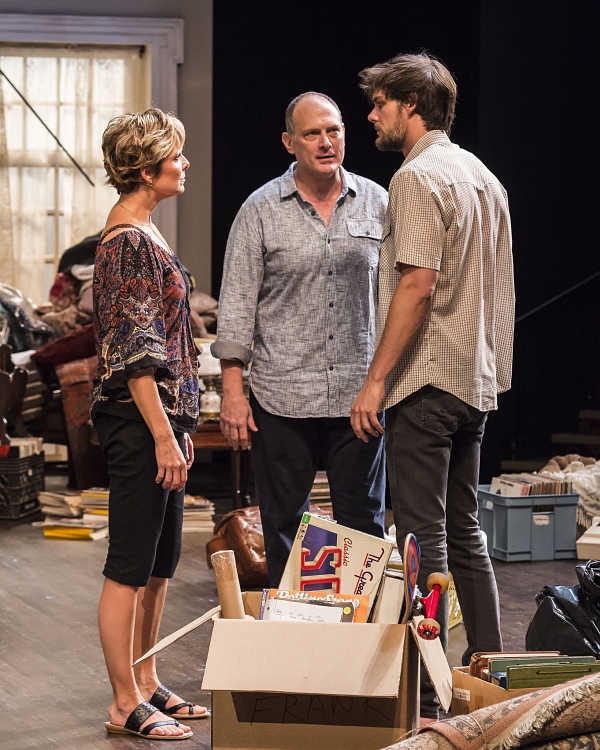
Fair enough; we’ll have to find a time soon. For now, the spotlight is on Ting, an Obie-winning director with a robust national freelance career whose appointment to the helm of Cal Shakes makes him the latest in a wave of noteworthy leadership turnovers, ranging from Niegel Smith’s new regime at New York’s Flea Theater and Chay Yew’s at Chicago’s Victory Gardens to a number of companies in the Twin Cities: Joe Haj at the Guthrie, Sarah Bellamy at the Penumbra, Sarah Rasmussen at the Jungle. It’s not just their Gen-X status that joins many of these leaders in an encouraging national trend, but their ethnic, gender, and aesthetic diversity, as well. Increasingly, it’s looking like the future of the American theatre is here.
Now, of course, comes the heavy lifting—in Ting’s case, running a $4 million classical theatre with a loyal subscription audience and an idyllic outdoor venue in nearby Orinda. In our phone conversation, Ting sounded enthusiastic about taking on the challenges of artistic leadership, which go well beyond what he’ll put on the Cal Shakes stage in the coming seasons.
ROB WEINERT-KENDT: So, new baby, new job—did you plan this convergence?
ERIC TING: It all started happening around the same time. The interview process happened over the summer, when we knew the baby was coming. It’s always one of the questions that come up: How do artists balance life and work? I had been planning on stepping down from Long Wharf at the end of June. When you say yes to being a candidate, you’re never quite sure what will happen. I’ll say that the Bay Area has been very attractive to us, and the West Coast in general. Our relationship had a formative period around the TCG L.A. conference, when I was there for TCG and she was there for Radar L.A. And I proposed to her in East L.A. So one of the hallmarks of our relationship is that it’s rooted in California. There’s something about it that feels right.
What happened around the TCG conference that was so formative?
We had this little adventure; we saved a dog one night. We got lost trying to meet some friends in Venice Beach, and in one of those classic L.A. mistakes, we ended up in East L.A. I was so smitten with her I wasn’t paying attention to the road, and this little dog runs out in front of us on the I-5, and she was like, “We gotta save it.” We ended up driving around for a good part of the night, not sure what to do with it.
What happened to the dog?
We called animal control the next day, said we found a dog, and the woman was like, “Excuse me, is the dog tricolor? I have the owners on the other line.” It turns out there was this family who had two other big dogs, and they were looking for the little dog, who belonged to the grandmother. We took the dog back; that reunion was a special thing.
Then, almost a year later, we were back out in California, and I was looking for a place to propose to her…and I found the place where we found the dog.
It’s like you two were meant to be together.
I say that quite a lot.
How long were you at Long Wharf?
11 seasons. I started there on a TCG New Generations grant. I met Gordon Edelstein doing a summer at Williamstown Theatre Festival, where I assisted him on God of Vengeance. I had never heard of the theatres in New Haven; my experience hadn’t been in regional theatre. Gordon was very open. He called a year later and said he had an opportunity for me to apply for this grant.
Then at the end of that two-year tenure, Gordon took a chance on me with a second-stage production of Glen Berger’s Underneath the Lintel. It did very well. The chair of the board, Jerry Meyer, one of the great board chairs of all time, saw the first preview, and the very next day I was called to Gordon’s office. I went in there talking up a flight to Manila for ITI (International Theatre Institute); I was packing up my apartment. Gordon and Jerry were there, and they handed me a piece of a paper in an envelope. It said thatJerry and his wife were awarding me what was called the Milstein Meyer Career Development grant, which was basically my salary for the year. They said, “You can use it any way you want, but we hope you’ll stay at Long Wharf.”
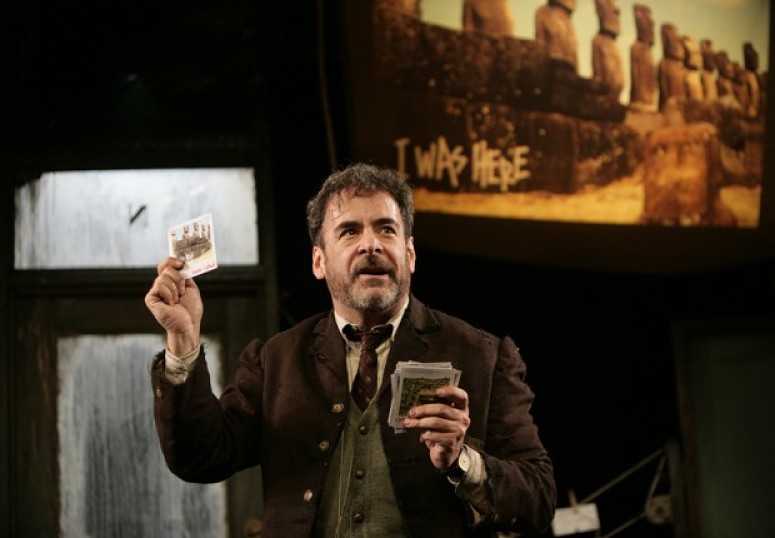
You ended up staying.
Right. I think you need three years to make an impact at an institution. You need a year to understand the deep tissue of it; you need a year to start initiatives that respond to what that institution is and what it can be; and you need that third year to see if anything you start settles in. And that was a real gift for me, after the Next Generations grant, to get another year. Then eventually I was offered the job of associate artistic director. I should also say that associate artistic director Kim Rubinstein was also a huge advocate for me. It was a special time to be there.
What did you do there, apart from directing shows?
I spent a lot of time talking about new work. We had a production of Rag and Bone, Noah Haidle’s play, directed by Tina Landau, and there wasn’t a single person involved who wasn’t proud of it. But it was one of the lowest-selling stage shows at Long Wharf ever. We figured out that audiences didn’t know how to talk about it, how to engage with the play. That’s when we started having a talkback after every performance, to have a kind of consistent artistic engagement with audiences outside of the performance, not just curtain up, curtain down. I always talk about it as “feedback programing.” Nothing in it was new; it was just new to Long Wharf. It’s like Woolly Mammoth’s Connectivity Department, or Theatre 101 at Arena Stage.
I was talking to Luis Alfaro, who takes on similar issues at Oregon Shakes, and he was saying that what he and the organization have realized is that if they’re going to do new plays, part of what they need to do is create a new audience. How much of what you did at Long Wharf was bringing the existing audience along vs. developing a new one?
Long Wharf has a very loyal subscriber base, and they made up a large portion of the audience from the very beginning. It became about this idea of identifying what audience the play directly speaks to—but not only that audience. Put another way: We serve a subscription base who invest in the life of the theatre, and then our job was to identify the audience our work spoke to, and get them in the same room with the existing audience.
I’ve always wanted to ask: Is there a cross-town rivalry between Long Wharf and that other New Haven theatre, Yale Rep?
There are no two more genial people than [Yale Rep a.d.] James Bundy and Gordon Edelstein. Can you imagine them feuding? It’s true that in the lore of the theatre, Yale once explored purchasing Long Wharf Theatre. But the lovers of the theatre wrapped their hands around the theatre and let it become what it is. It’s actually amazing considering the size of New Haven that there are two major nonprofit theatres there. It speaks to the quality of life in the town, and what New Haveners prioritize.
The Bay Area is also a theatre-loving town. How did the conversations with Cal Shakes begin?
I’m not necessarily the first person one thinks of to run a Shakespeare theatre. And that says a lot about Cal Shakes. There’s what I perceive to be a fundamental artistic courage in the institution, which I believe that Jonathan Moscone is in no small part responsible for. It’s known for sometimes audacious productons of Shakespeare; I’d seen a couple productions there over the years, and its relationship to that material feels simultaneously so old and so new.
The other thing I was struck with was the diversity and inclusion work—the depth of what was happening institutionally. It’s one of the things I’m interested in as an artist and an administrator. When I was at Long Wharf, it was all about finding contemporary lenses to view these classics. That to me is a central conversation of the theatre. Plays are ephemeral, but there’s this desire to anchor productions to time they exist, to find the way those words speak to us now. That was some of the stuff that resonated with me.
I know you did something called Macbeth 1969 at Long Wharf, but the Bard isn’t on your résumé too much.
I am a massive fan of Shakespeare’s work. Though I don’t have a huge background in it, I have a deep love for it—a recognition that there’s an indescribable power under the puzzle of the words and the imagery. What I’ve always said is that Shakespeare has a way of tapping into what is fundamentally human. And there’s something about that humanity that every theatre artist reflects on all the time.
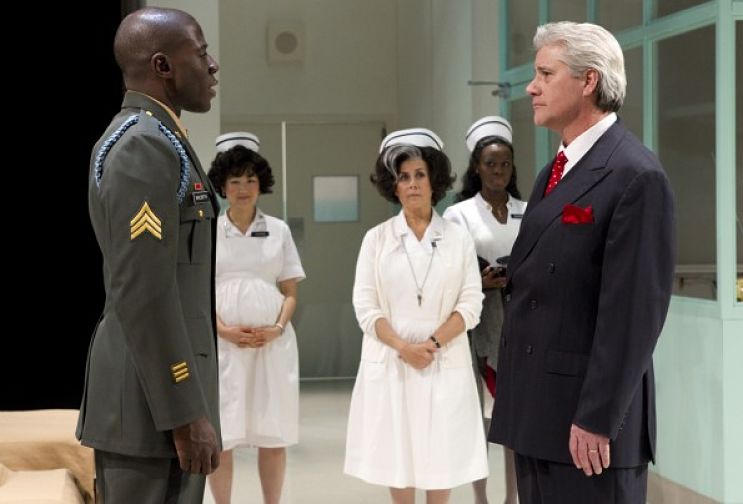
So where does all your new-play, audience-engagement energy go at a classical theatre?
When I came out there for an interview to chat with Susie Falk, their amazing managing director, I was kind of trying to find out what they were looking for. There were a few things I recognized. The theatre in Orinda is a stunning space in the middle of an open kind of forest glen; you walk through these trees and there’s this picnic area, and you sit down under the stars under this golden valley. It feels kind of like a pilgrimage, like you’ve left the city. I think that’s part of what Shakespeare in the Park evokes, that you’re stepping into this place that is just about this natural world.
So I was struck by that, but I was equally struck by the challenges of it. Here was this institution doing such amazing work on diversity and inclusion, but in a space that for various reasons creates obstacles to that vision. It’s an amazing place, but it’s not the most accessible, though there’s a shuttle service from the BART train to Orinda. It was clear to me that the work Cal Shakes had been exploring with Intersection for the Arts in San Francisco and the Triangle Lab is about that challenge, and that’s one I’m focused on—how to continue to find ways to bridge the space between the city and the forest.
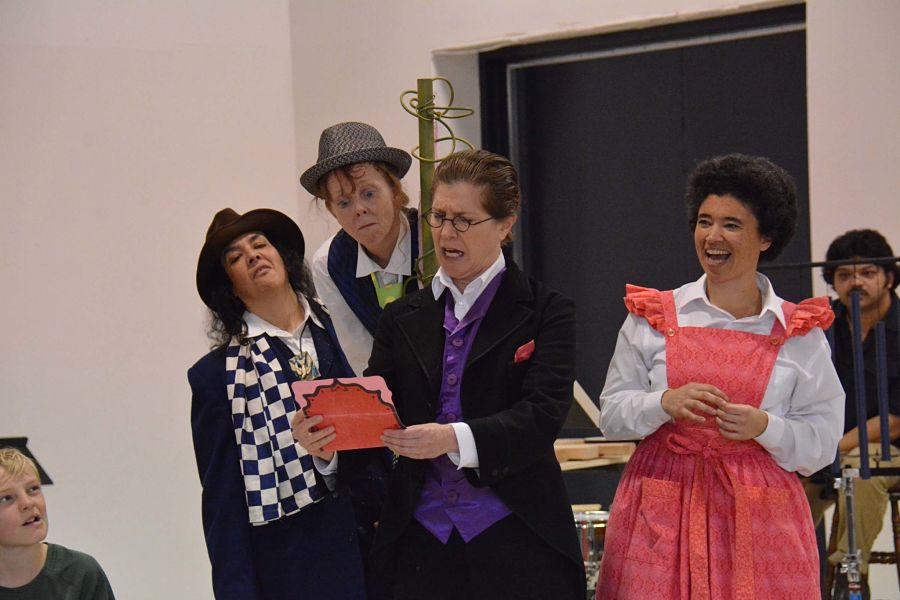
Part of it is about continuing to look at: How does a classical theatre engage with the contemporary conversation? I know I’ll spend a lot of my first year asking the questions. If the conversation about new plays is how to find audiences for them, with a classical theatre it’s, How do you find the right plays for the audiences you seek? How do we look at this body of work and find ways into the plays that vividly engage with the world around us? That’s my exciting answer to a much more difficult question.
Cal Shakes is one of those summer festivals that expanded to encompass more of the year, right?
It goes from late April to really early October. That is limited by the weather here, but they’ve extended the season at either end of the summer so they can support school programs. As for their programming, they’ve found a kind of parity: two Shakespeares and two non-Shakespeares. First three shows, Jon Moscone has put together; he left the fourth show for the incoming artistic director to choose. Next season we’ve got Much Ado, directed by Jackson Gay, Fences, directed by Raelle Myrick Hodges, and You Never Can Tell, directed by Lisa Peterson.
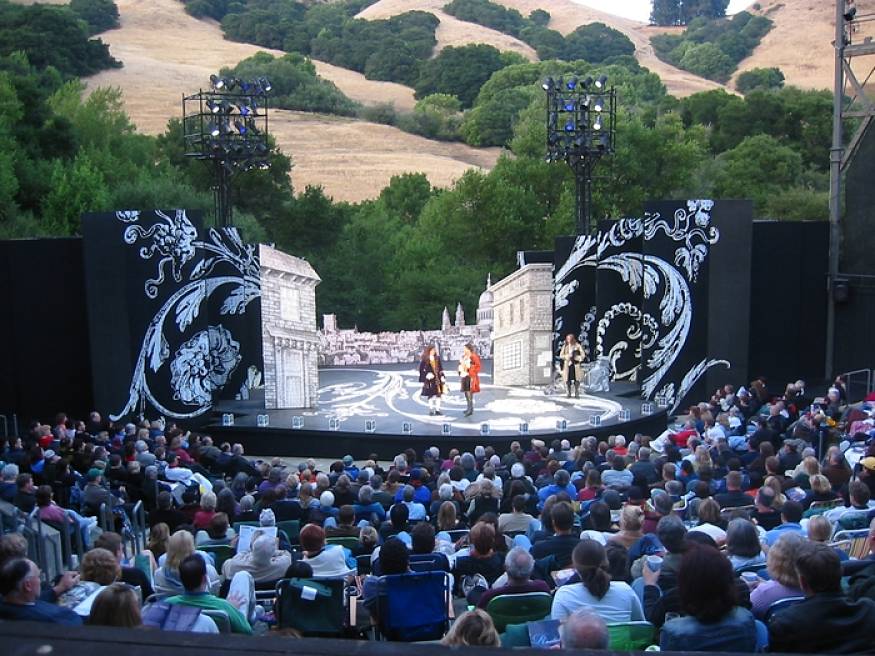
You said earlier that your background was not in the regional theatre. Where was it?
I started in puppetry, oddly enough. I was doing some puppet theatre and object theatre in Asia and America, and I came back from six weeks in Bali and had the experience of being in New York on 9/11. So I’m a New Yorker for life, but also, it was one of those experiences that left me, like a lot of people, with some serious self-assessment. I took some time away from the collective act of making theatre and looked more at writing, something more introspective. But then I went to Williamstown and I loved it there—the madness of that place. It continues to be a mad, mad place, in the best of ways.
I’ve always been drawn to humane work, whatever that means. I originally wanted to be an architect, to create public spaces; then I wanted to be a doctor and do something like work for Doctors Without Borders. What I love about institutional theatre is that theatre is the art, but the art serves a larger purpose. It’s not just the cultural life of the community—it’s the life of the community.
Sorry, we haven’t talked at all about Appropriate. The play has been a lot of places, but is this your first time directing it?
Actually, it’s a really strange and interesting circle being completed here. I started working on a really early draft of it with Branden at Vineyard Arts Project, but I had to give that up to go to Singapore to ask permission to marry my wife from her parents.
Were you nervous they’d say no?
No, her parents would have been fine, but I felt I needed to. I think traditions should be honored.


